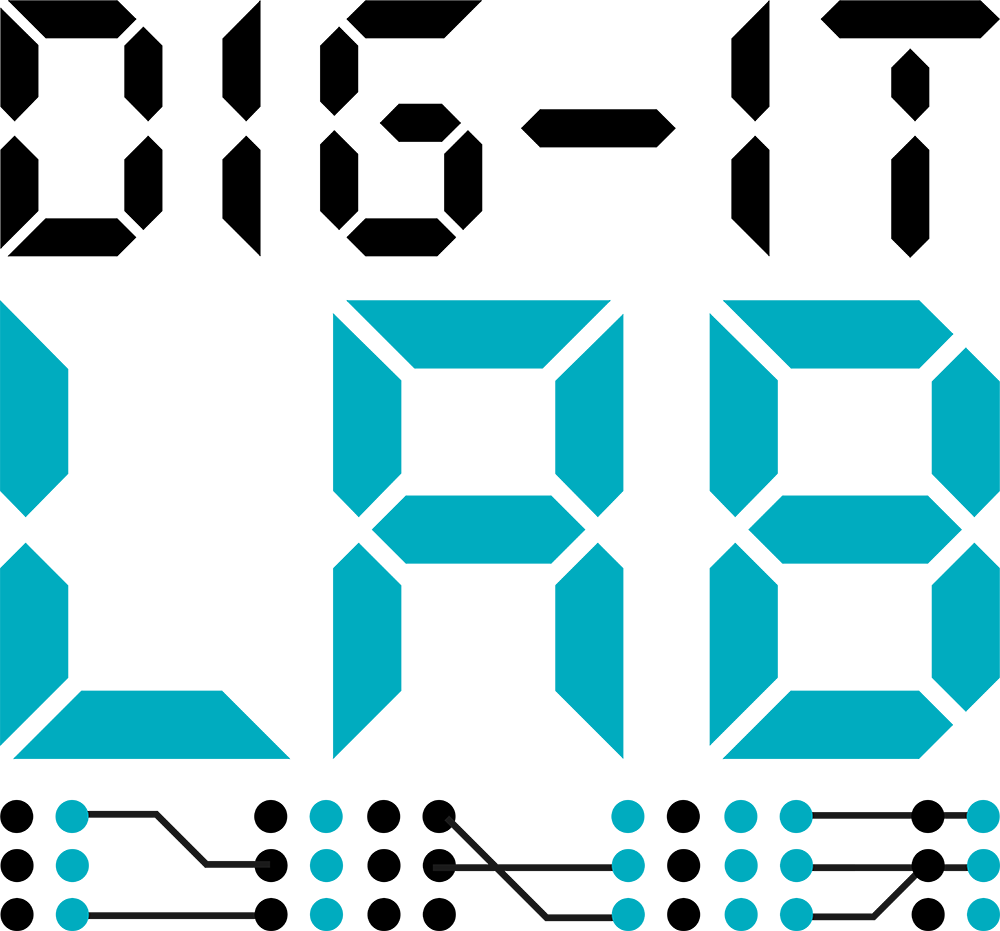Zhipeng Li is the newest PhD student to join the Dig-IT Lab. He has a Master’s degree in Electrical Engineering from Sun Yat-sen University, Shenzhen, China. He will focus on developing a high-fidelity, real-time updating digital twin for smart building microgrids considering electrical and thermal characteristics, in collaboration with the industry partner Einar Mattsson.
Hello Zhipeng, what is your PhD project about?
The topic of my PhD project concerns creating a digital replica of a smart building, which can provide a deeper insight of the building system to help improve the operation stability and user experience. In this process, the thermal and electrical parameters will be considered. Then, the real thermal and electrical dynamics of a smart building can be reproduced in the corresponding digital twin model.
Our goal is to develop energy management systems for smart building microgrids based on digital twins and auxiliary services like condition monitoring and fault diagnosis. Thereby, this project contributes to Dig-IT Lab by developing a common platform for building microgrid to enable autonomous decision making and optimal energy management.
Why did you choose this project?
In my Master’s education, I focused on control and stability of microgrid. This project is in a way an extension of my master’s program. While I have solved some engineering problems thus far, as I go deeper into this area, I find that there are more problems need to be solved, such as optimization and stabilization of a large power system. In addition, with the popularity of Artificial Intelligence (AI) and its related algorithms, involving such like machine learning, deep learning and reinforcement learning, I am super excited to solve some engineering problems using these intelligent technologies.
How can your research be applied in the management of buildings?
I believe the smart meters-enabled real-time data exchange can make high-fidelity digital twins appliable. With the real-time data flow, data-driven and mechanism-fusion model of the smart building can be built and real-time updated. The real-time updating characteristics make digital twin models superior over conventional static building models.
What will your collaboration with industry look like?
Working with industry is going to be a new adventure for me. I think talking and collaboration with industry partners can be interesting, inspiring and challenging. On the one hand, industry partners have rich experience and knowledge in industrial application, they can help point out the obstacles to applications, which can be challenging for academia. On the other hand, collaboration with people from different backgrounds can spark brand new ideas. I am thrilled to have this opportunity to collaborate with industry partners.

